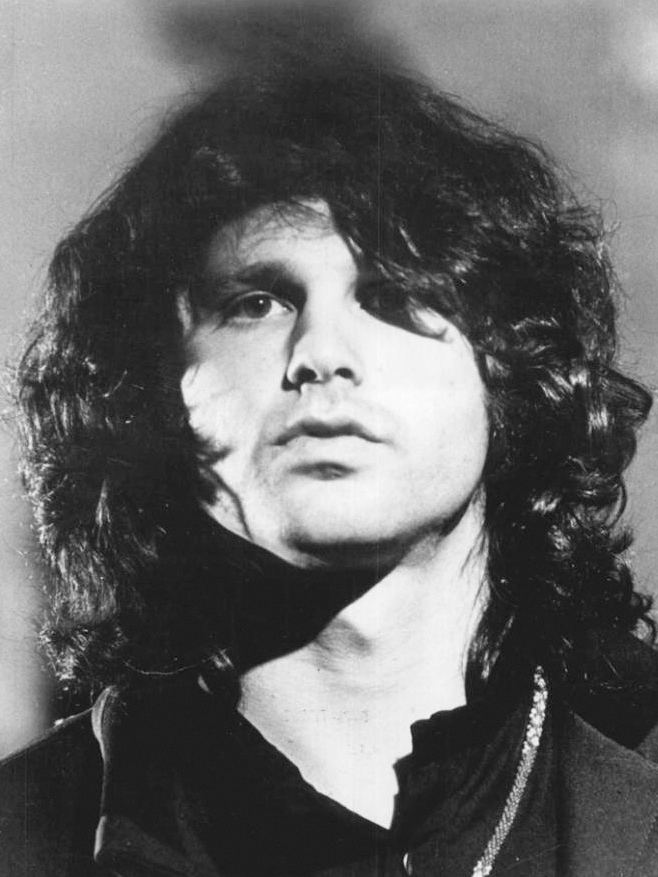 | ||
The 27 Club is a term that refers to the belief that an unusually high number of popular musicians and other artists have died at age 27, often as a result of drug and alcohol abuse, or violent means such as homicide or suicide.
Contents
Statistical studies, however, have failed to find any unusual pattern of musician deaths at this age, comparing it to equally small increases at ages 25 and 32, with a 2011 BMJ study noting instead that young adult musicians have a higher death rate than the rest of the young adult population, concluding "Fame may increase the risk of death among musicians, but this risk is not limited to age 27."
The "club" has been repeatedly cited in music magazines, journals and the daily press. Several exhibitions have been devoted to the idea, as well as novels, films and stage plays. There have been many different theories and speculations about the causes of such early deaths and their possible connections. Cobain and Hendrix biographer Charles R. Cross wrote, four years before the BMJ study was published, "The number of musicians who died at 27 is truly remarkable by any standard. [Although] humans die regularly at all ages, there is a statistical spike for musicians who die at 27."
Origins
Brian Jones, Jimi Hendrix, Janis Joplin and Jim Morrison all died at the age of 27 between 1969 and 1971. At the time, the coincidence gave rise to some comment, but it was not until the death of Kurt Cobain, about two and a half decades later, that the idea of a "27 Club" began to catch on in public perception.
According to Hendrix and Cobain biographer Charles R. Cross, the growing importance of the media—Internet, television and magazines—and the response to an interview of Cobain's mother were jointly responsible for such theories. An excerpt from a statement that Cobain's mother, Wendy Fradenburg Cobain O'Connor, made in the Aberdeen, Washington newspaper The Daily World—"Now he's gone and joined that stupid club. I told him not to join that stupid club."—referred to Hendrix, Joplin, and Morrison dying at the same age, according to Cross. Other authors share his view. On the other hand, Josh Hunter and Eric Segalstad, writer of The 27s: The Greatest Myth of Rock & Roll, assumed that Cobain's mother referred to the death of his two uncles and his great-uncle, all of whom had also committed suicide. According to Cross, the events have led a "set of conspiracy theorists [to suggest] the absurd notion that Kurt Cobain intentionally timed his death so he could join the 27 Club".
In 2011, seventeen years after Cobain's death, Amy Winehouse died at the age of 27, and there was a large amount of media attention devoted to the club once again. Three years earlier, she had expressed a fear of dying at that age.
Scientific studies
A study published in the British Medical Journal in December 2011 concluded that there was no increase in the risk of death for musicians at the age of 27. Although the sampled musicians faced an increased risk of death in their 20s and 30s, this was not limited to the age of 27. Informal research using an automated query across Wikipedia data (via DBpedia) in 2012 effectively reached the same conclusion: "There may well be a 27 Club of accursed musicians, but the 74 Club is more popular." A 2015 article in The Independent also provided statistical evidence that popular musicians are not more likely to die at the age of 27.
